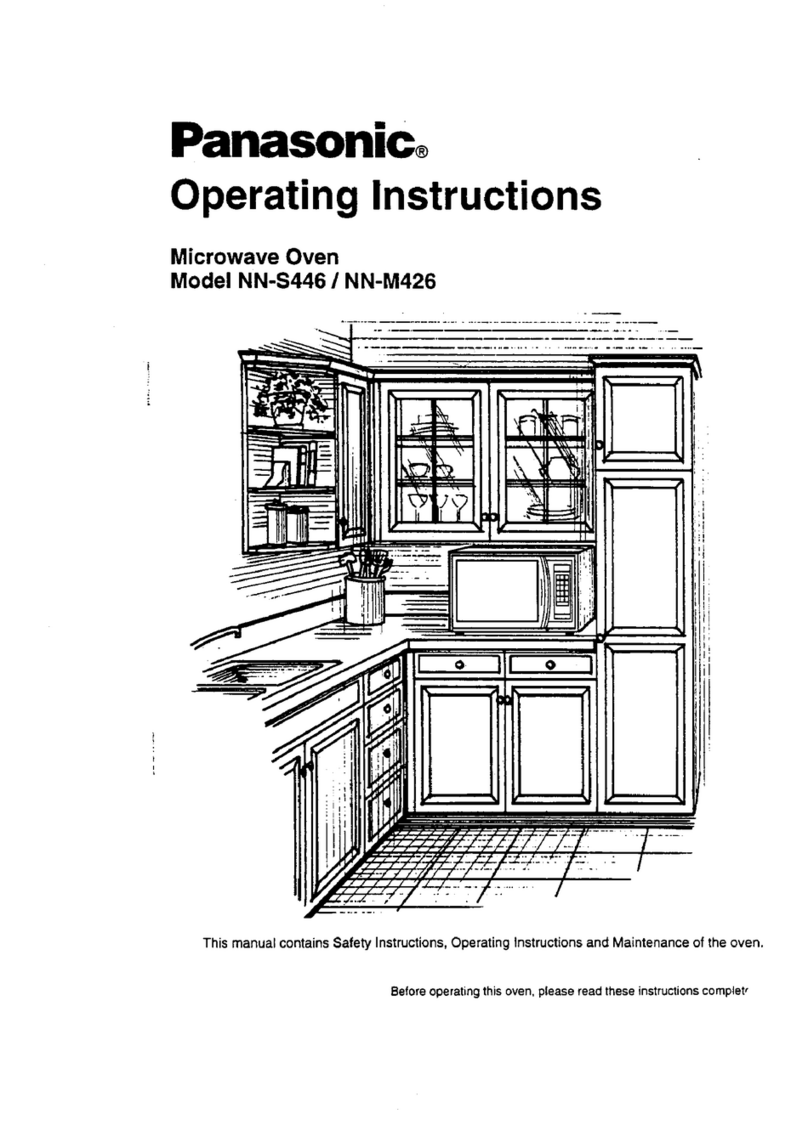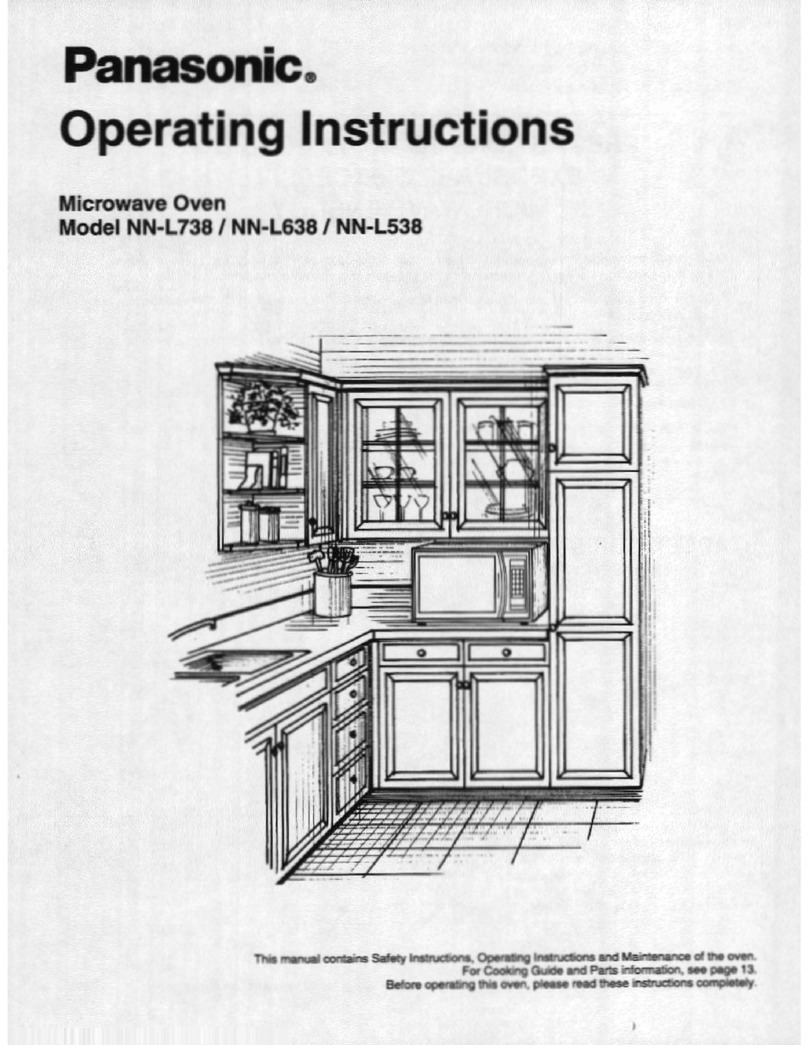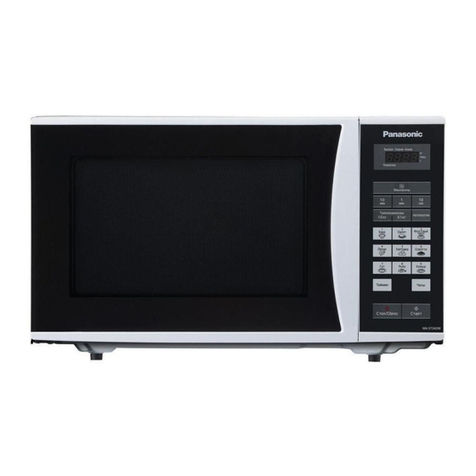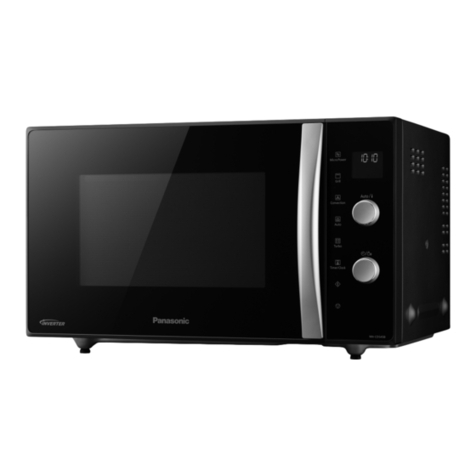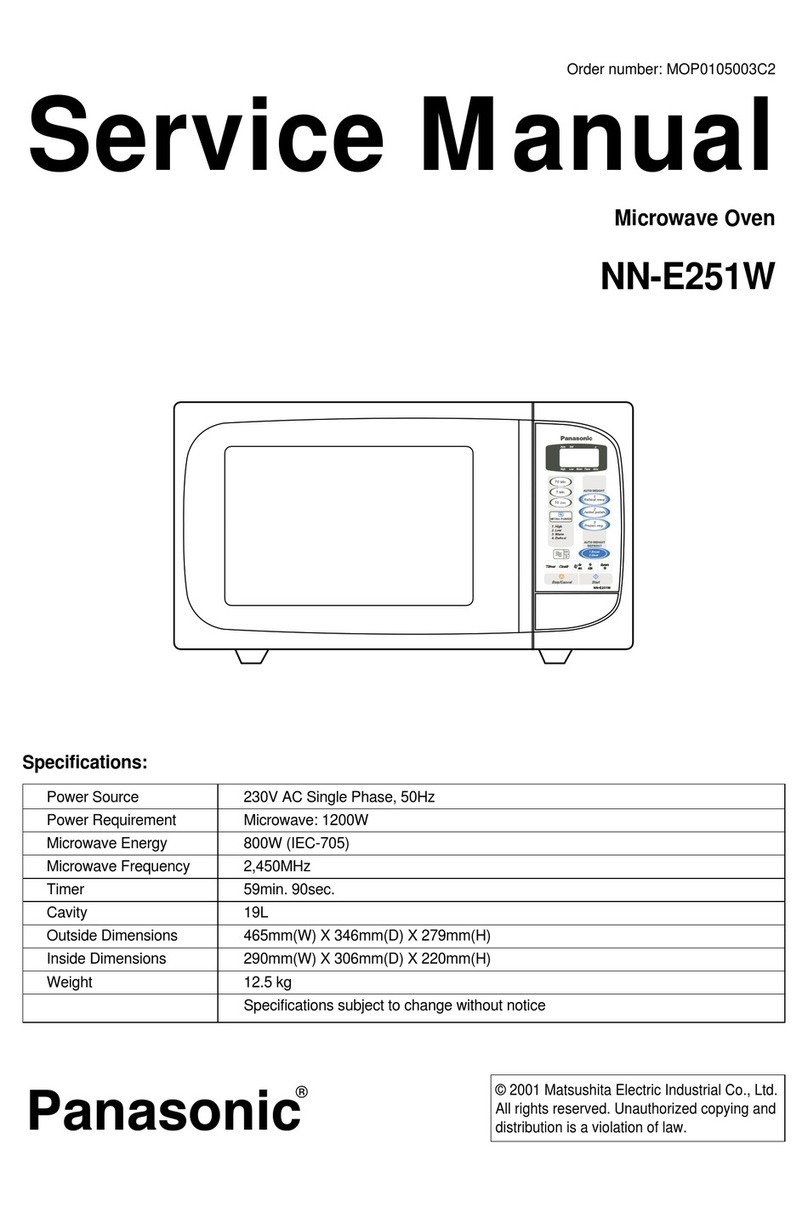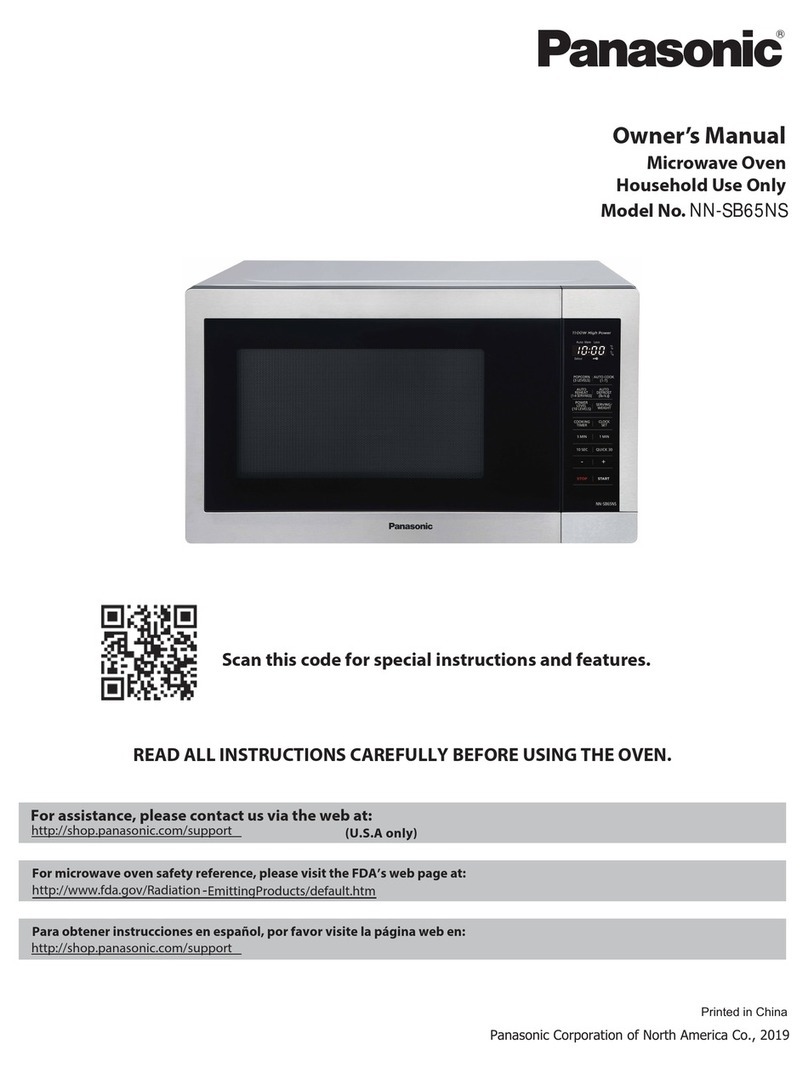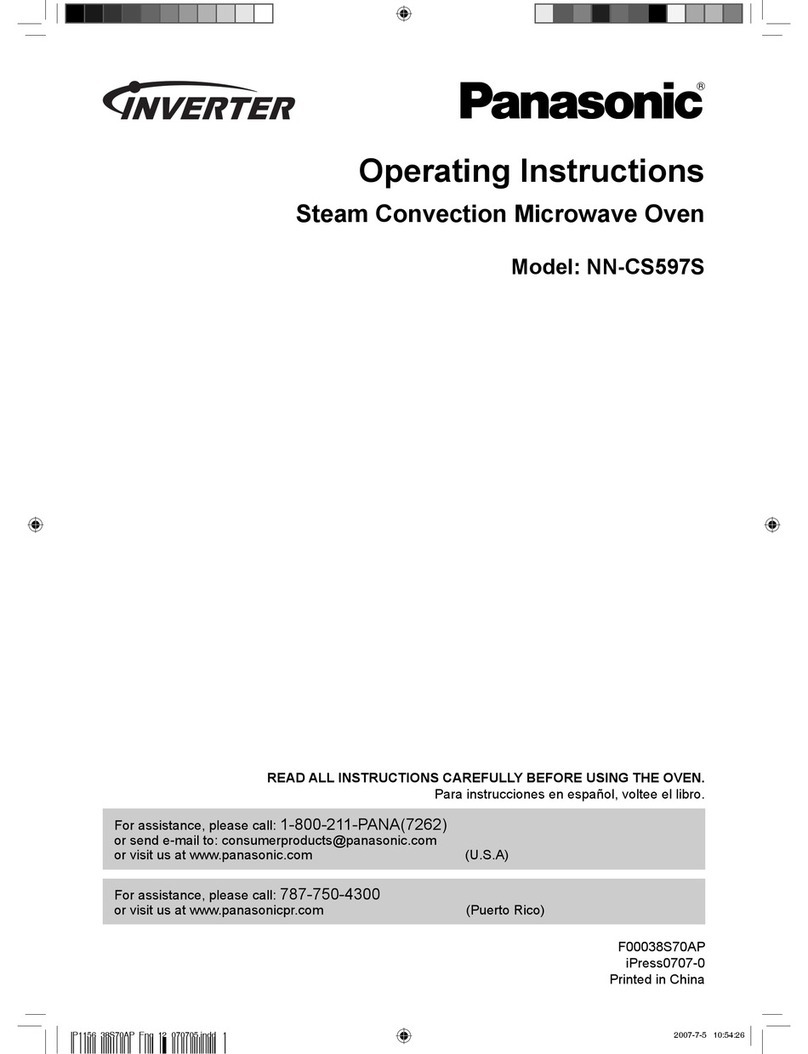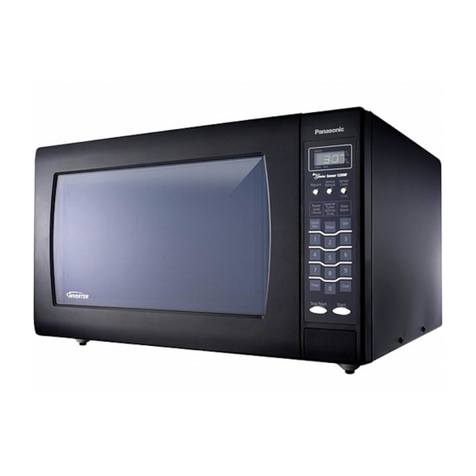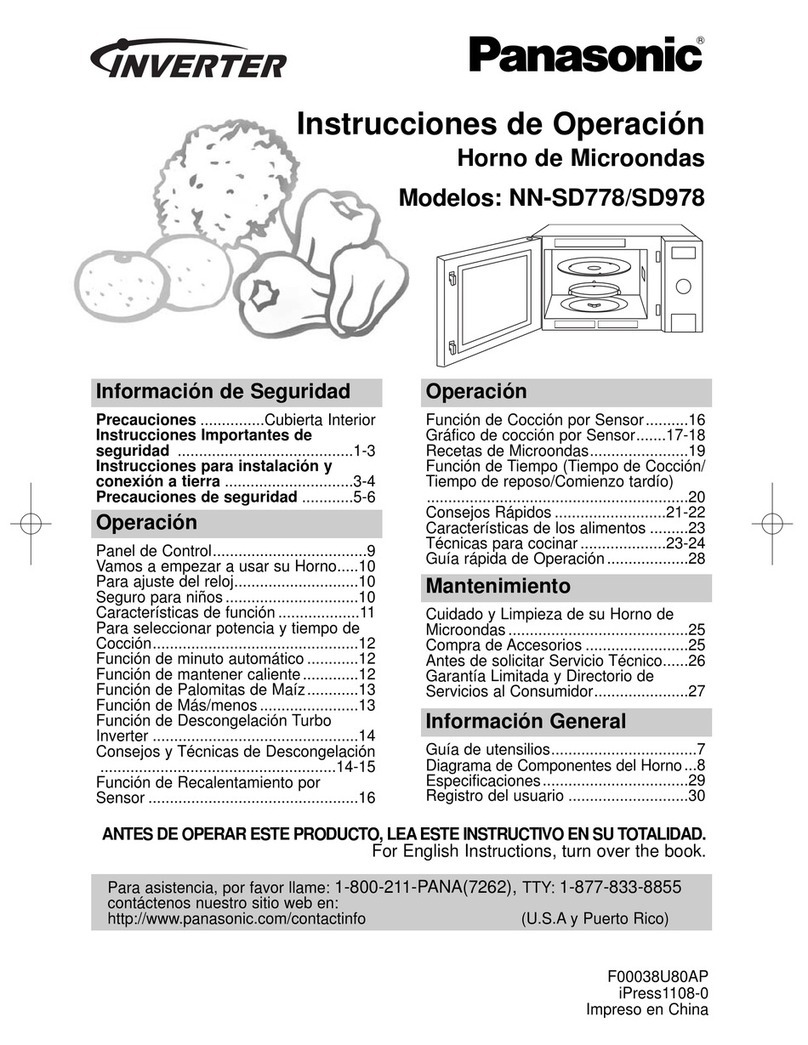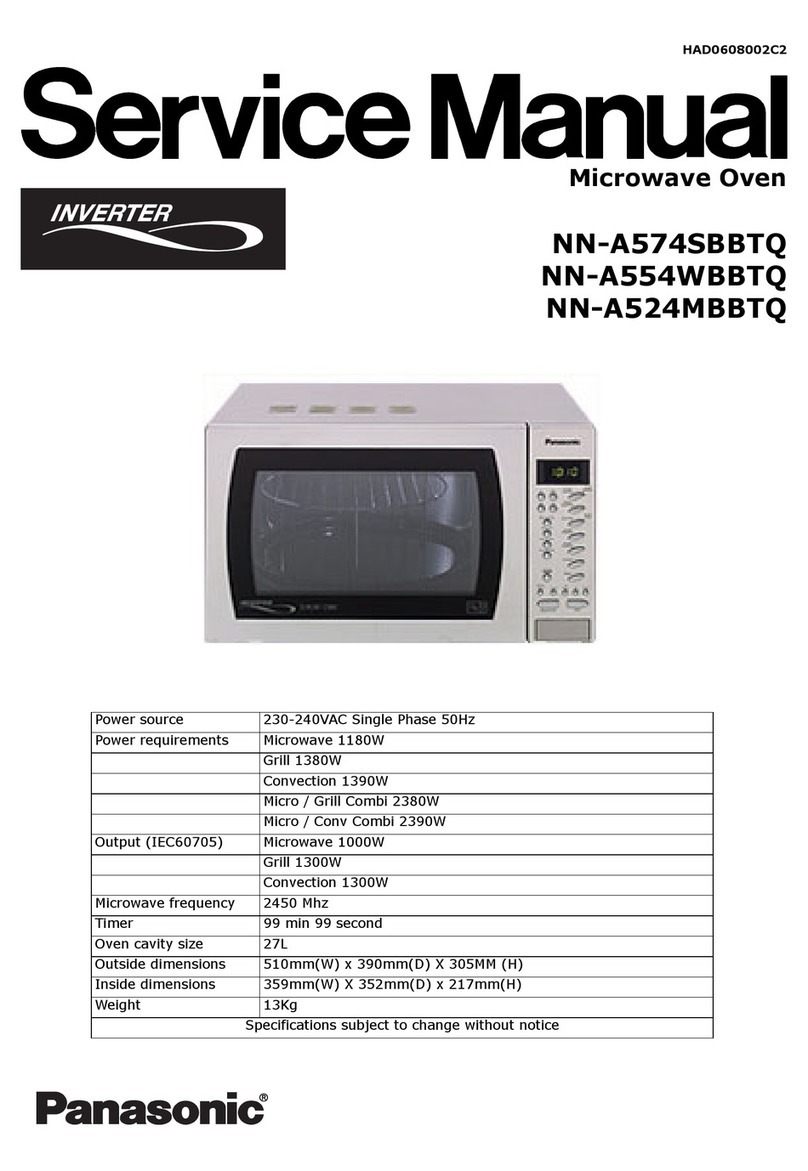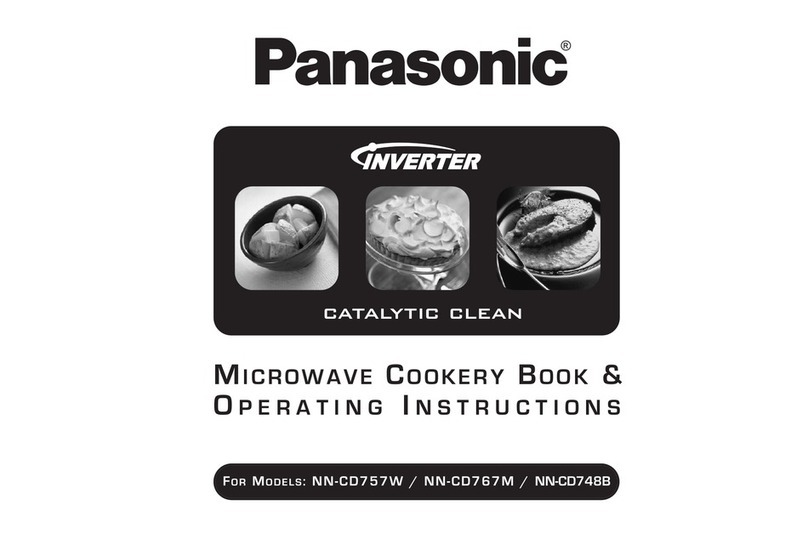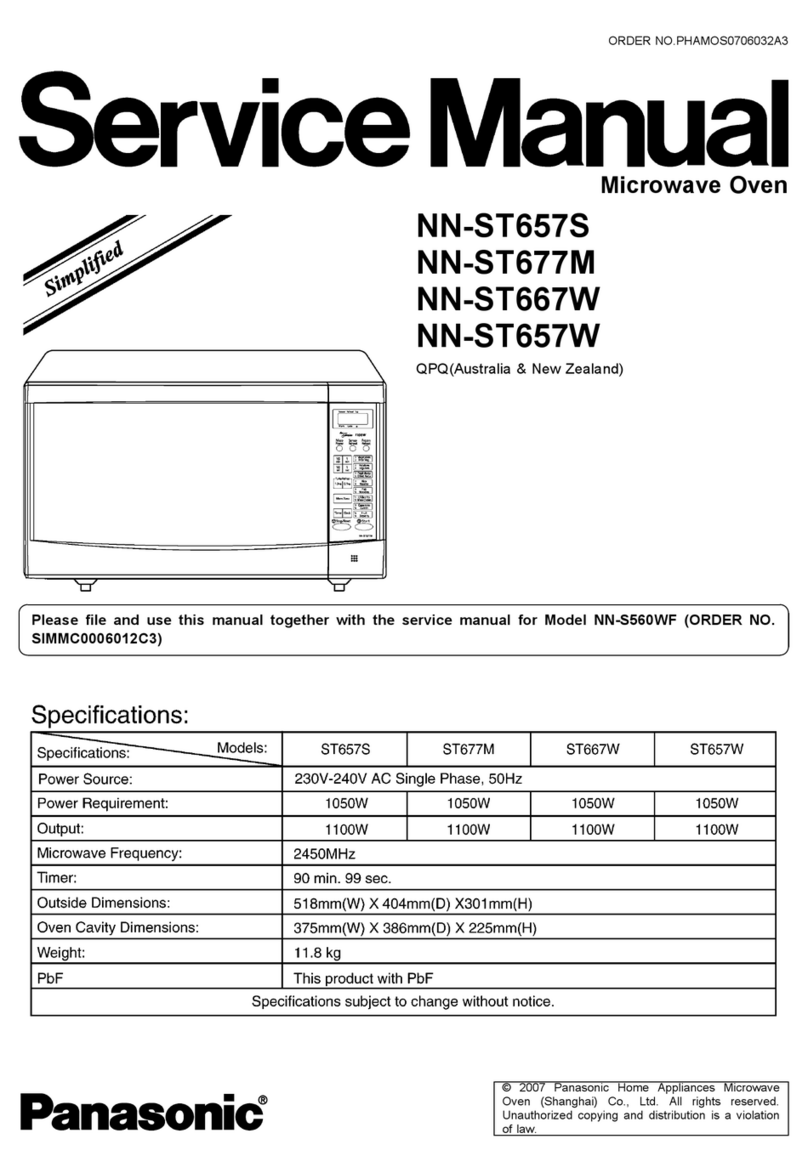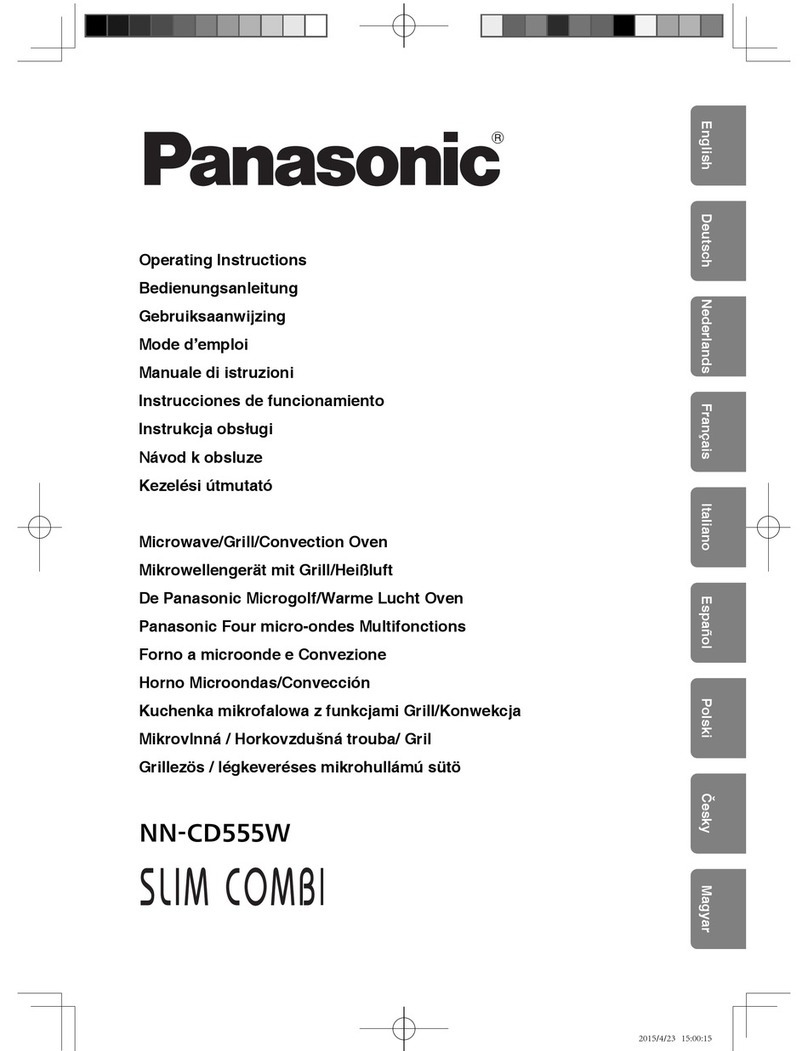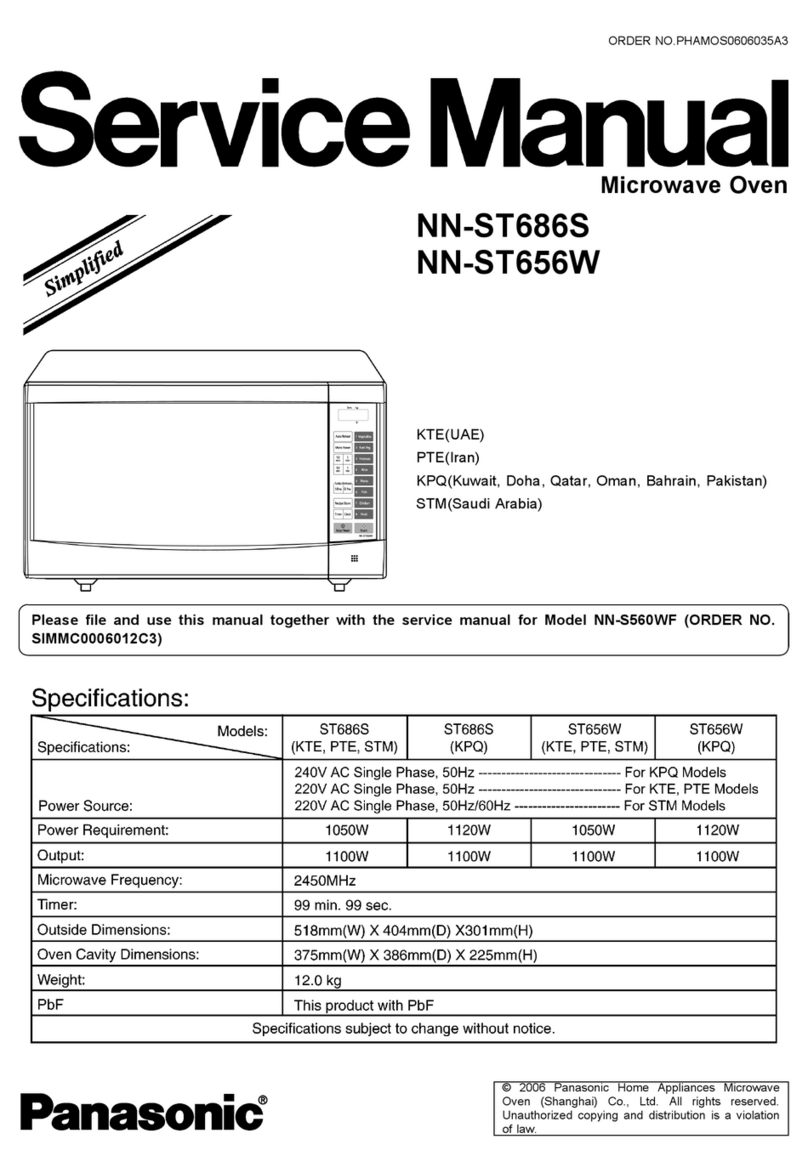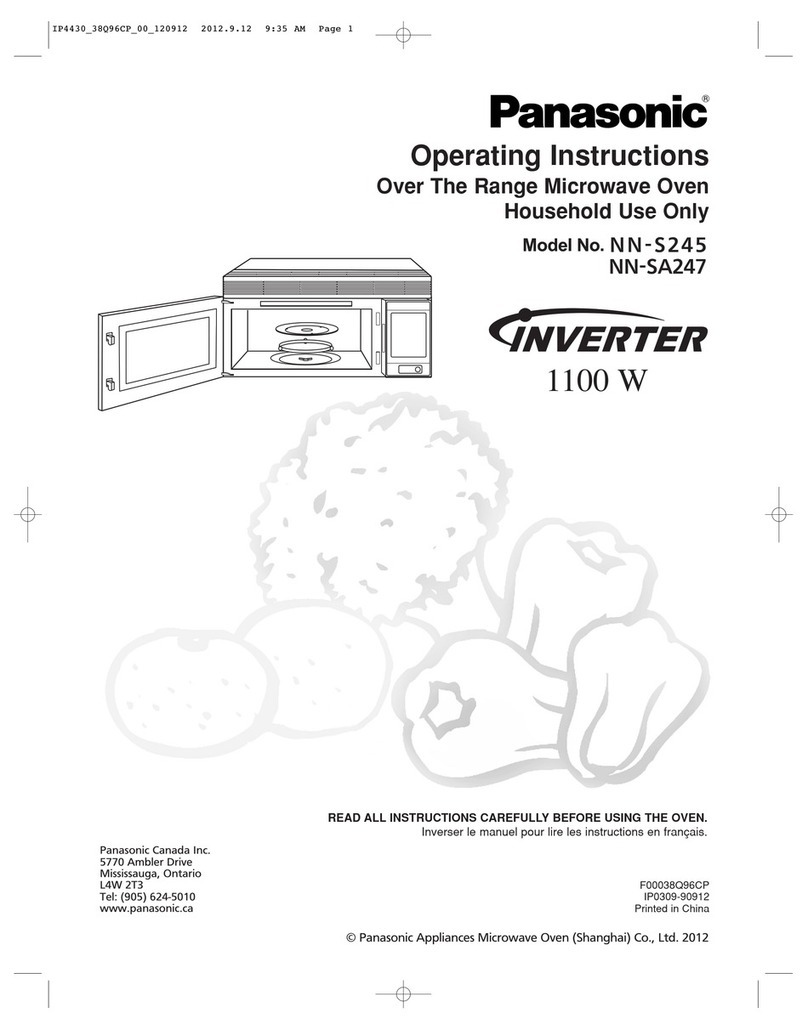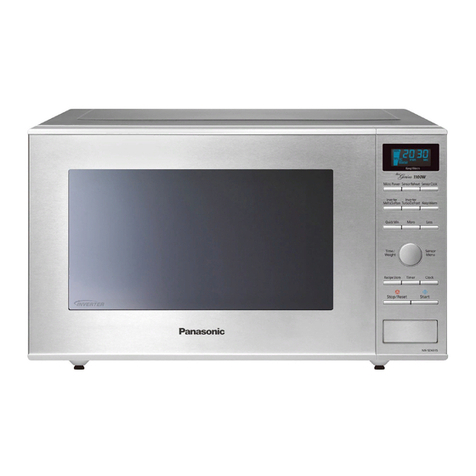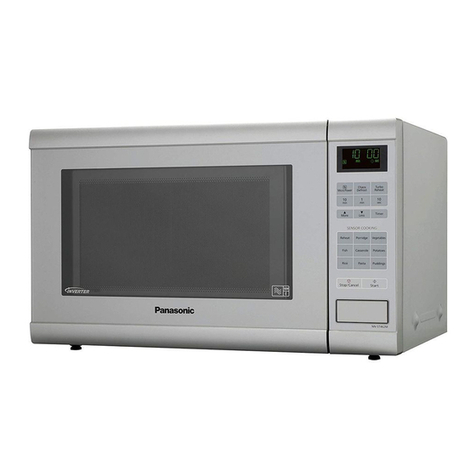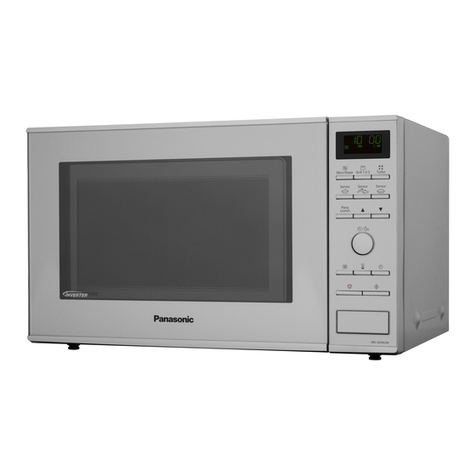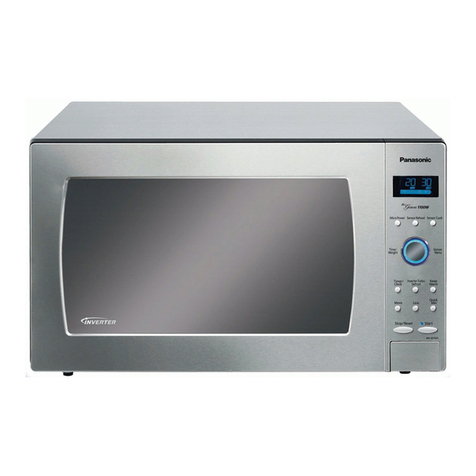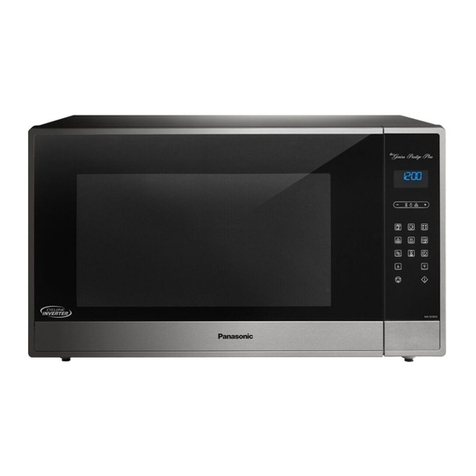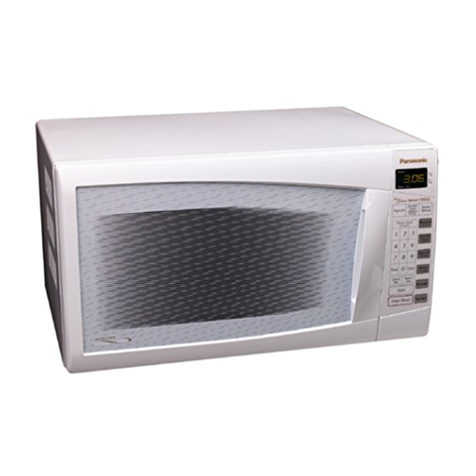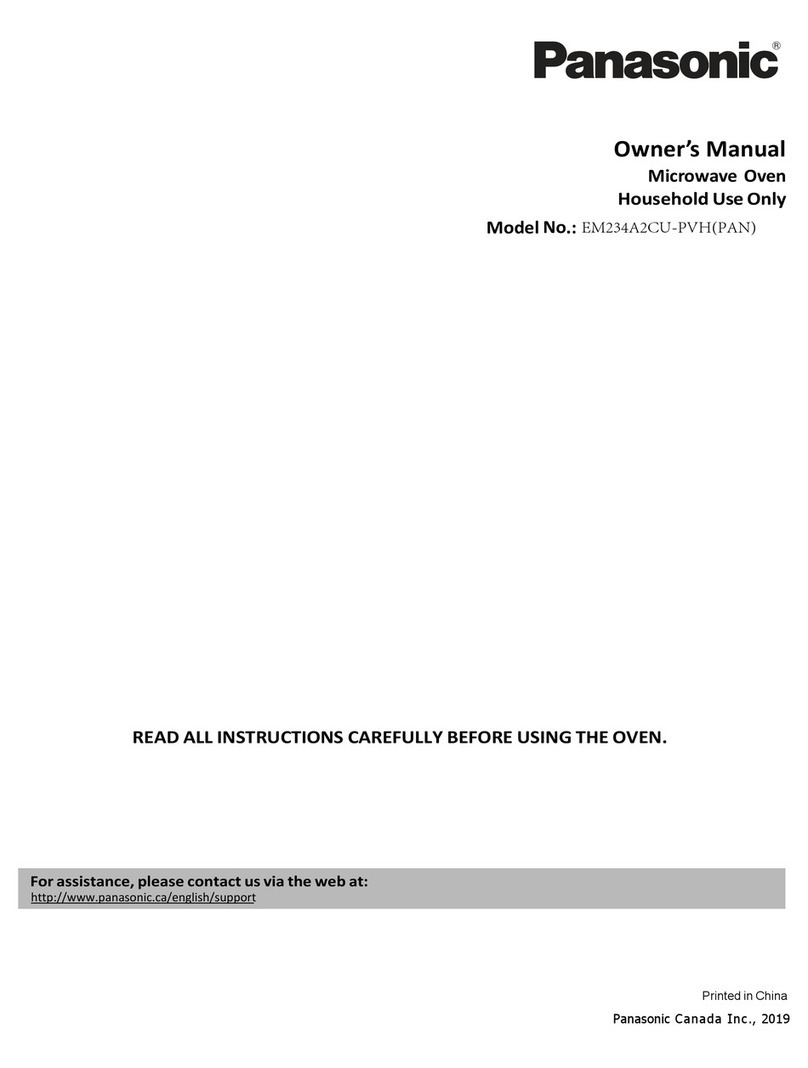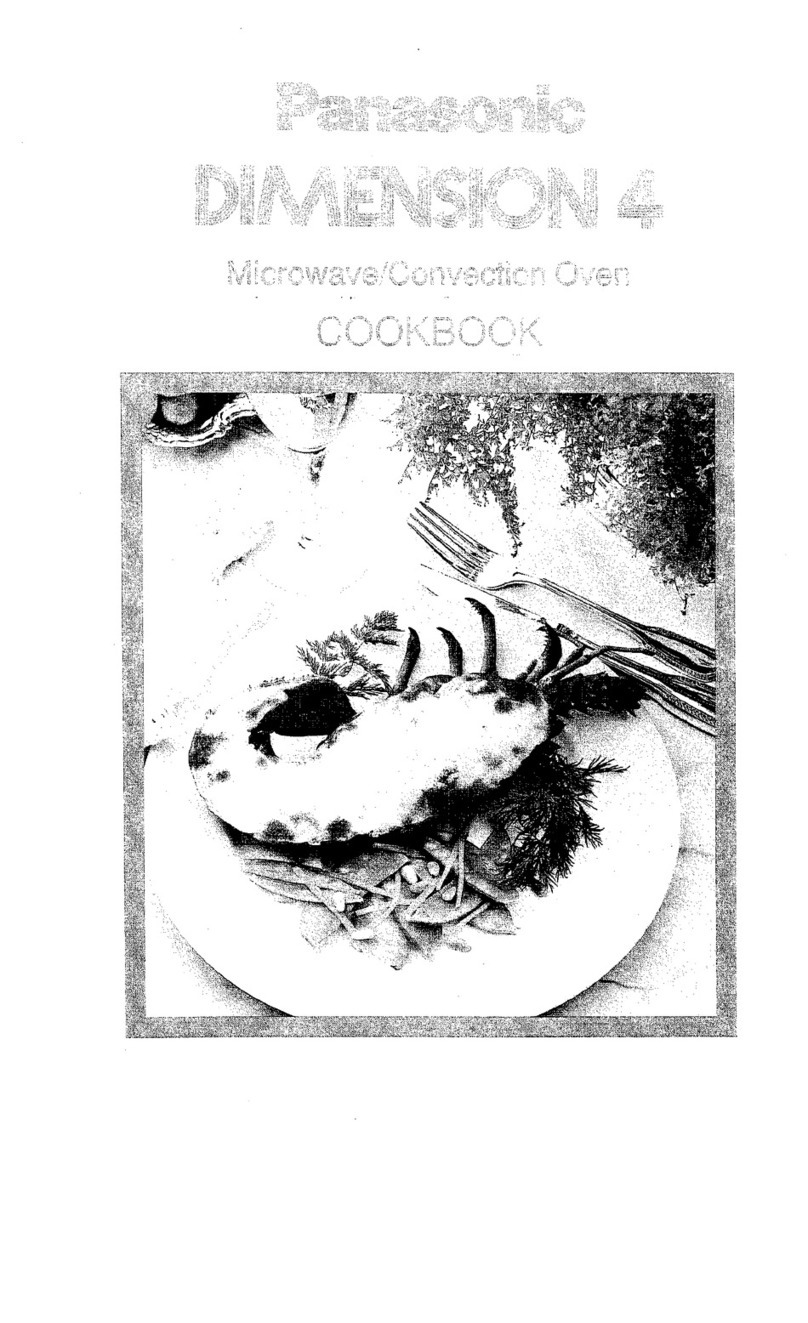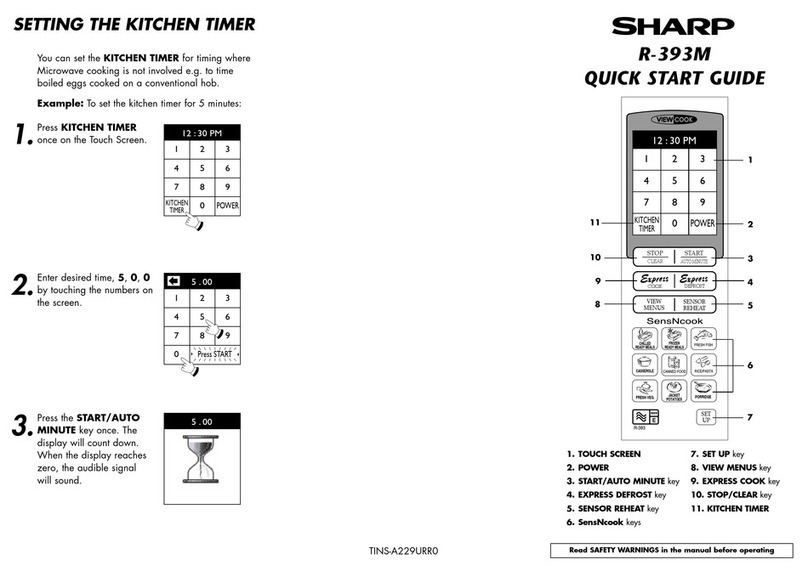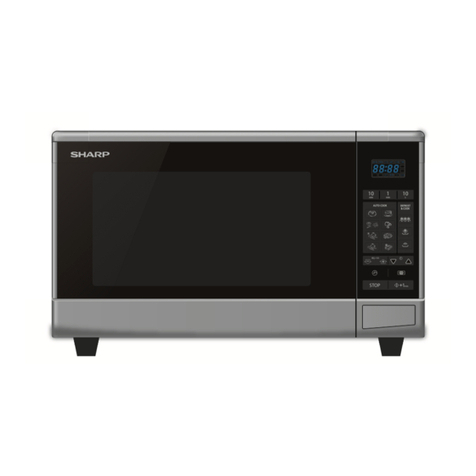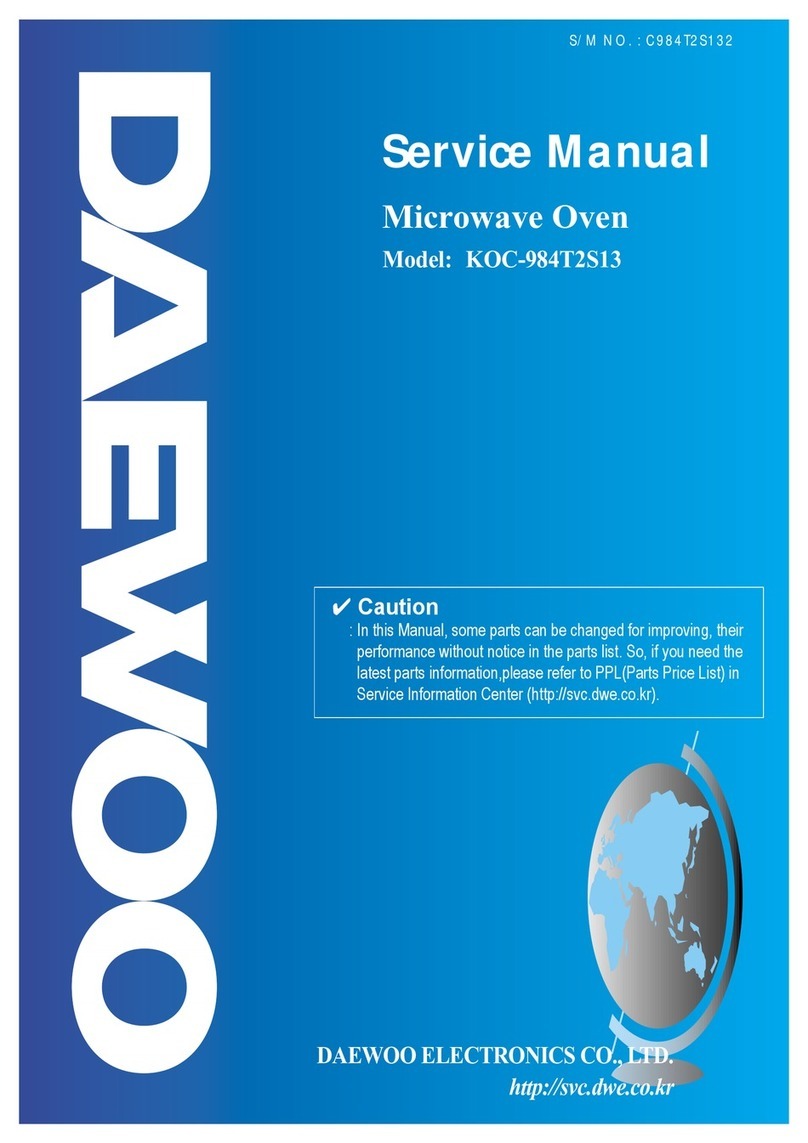
1
IMPORTANT SAFETY INSTRUCTIONS
Your safety and the safety of others are very important.
We have provided important safety messages in this manual and on your appliance. Always read and obey all safety
messages.
This is the safety alert symbol. It is used to alert you to potential hazards that can kill or hurt you and others.
All safety messages will follow the safety alert symbol and either the word “DANGER”, “WARNING” or “CAUTION”. These
words mean:
You can be killed or seriously injured if you don’t immediately follow instructions.
You can be killed or seriously injured if you don’t follow instructions.
You can be exposed to a potentially hazardous situation which, if not avoided, may result in
minor or moderate injury.
All safety messages will tell you what the potential hazard is, tell you how to reduce the chance of injury, and tell you what can happen
if the instructions are not followed.
DANGER
WARNING
CAUTION
PRECAUTIONS TO AVOID POSSIBLE EXPOSURE
TO EXCESSIVE MICROWAVE ENERGY
(a) DO NOT
(b) DO NOT
(c) DO NOT
(1)
(2)
(3)
Thank you for purchasing a Panasonic Microwave Oven
To reduce therisk of burns, electric shock, fire, injury to persons, or exposure to
excessive microwave energy:
WARNING
1.
2. PRECAUTIONS TO AVOID POSSIBLE EXPOSURE TO EXCESSIVE MICROWAVE ENERGY
3. GROUNDING INSTRUCTIONS
4.
5.
6.
7.
8.
(a) DO NOT
(b)
(c) DO NOT
(d)
(a) DO NOT
DO NOTDO NOT
DO NOTDO NOT
DO NOT
Do not
DO NOT
DO NOT
DO NOT
